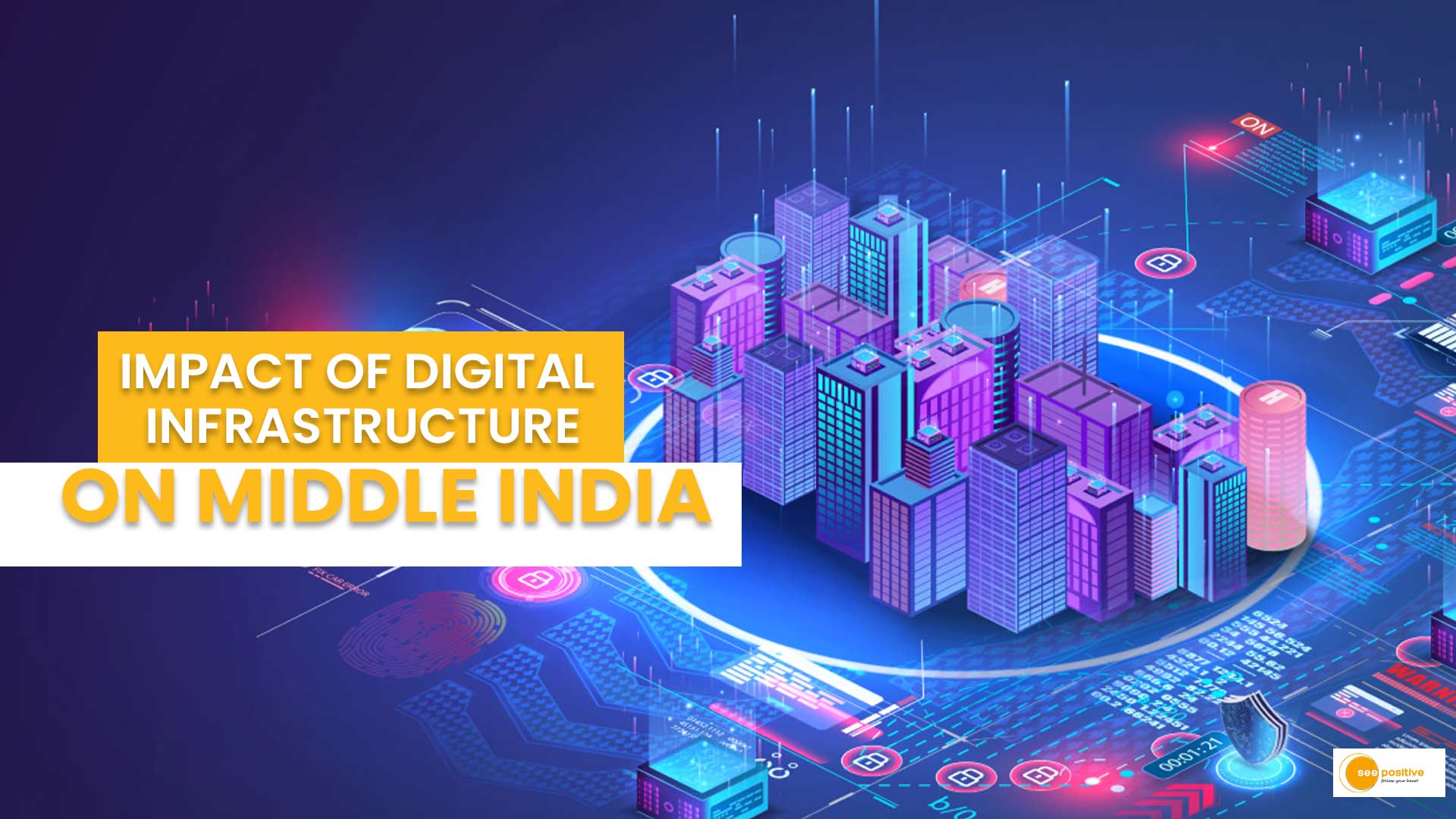Digital infrastructure: In the past two decades, the fusion of technology, policy, and innovation has paved the way for Middle India to break free from the shackles of a ‘middle-income trap.’ This positive transformation has been driven by a magical confluence of Aadhaar, smartphones, and broadband, creating a ripple effect that reaches diverse consumer segments.
The Magical Confluence:
To propel India into economic maturity, two key objectives needed fulfillment: augmenting incomes and expanding consumption, and developing products and services valued by diverse consumer segments. This transformation found its catalyst in Aadhaar, smartphones, and broadband, forming the backbone of a digital revolution. The game-changers were online platforms and payments.
Online Platforms:
Online platforms revolutionized the way business operates, making the process of connecting supply with demand seamless. From plumbers to various services, platforms eliminated inefficiencies, providing consumers access to quality services and service providers with a broader customer base. This industrialization of services not only lowered barriers to consumption and production but also activated a virtuous cycle of income growth and new consumption.
Online Payments:
Another crucial innovation was the advent of online payments, providing a digital infrastructure that proved to be a game-changer. India, leveraging its late-mover advantage, witnessed the strategic utilization of this digital infrastructure. It became an enabler for tech-savvy entrepreneurs to innovate in sectors like healthcare, food, agriculture, logistics, and financial services.
The Wave of Innovation:
We stand at the dawn of a massive wave of innovation, particularly in healthcare, food and agriculture, logistics, and financial services. Historical barriers to entry are crumbling, allowing a new generation of startup founders to create groundbreaking solutions for hundreds of millions of Indians. The digital infrastructure has not just enabled but empowered these founders to overcome traditional barriers in accessing and servicing Middle India.
Acceleration Amid Crisis:
The COVID-19 crisis accelerated the digitization momentum in core Middle India sectors by three to five years. Consumer, business, and regulatory shifts that might have taken much longer were forced into permanence. Regulatory changes, such as cross-state selling of agricultural produce and digital health processes, have become the new normal. The crisis acted as a catalyst, steering the trajectory of digital adoption in Middle India.
Building Businesses for Middle India:
Understanding the psyche of emerging consumers in Middle India is paramount for success. Founders who grasp this understanding and leverage technology to design low-cost solutions through efficient business models can create highly differentiated businesses. These businesses also have the potential to be scalable. In a metaphorical sense, Middle India consumes in ‘Chotaa packets,’ emphasizing the need for low distribution costs. Trust, affordability, and real products meeting actual needs are crucial for success in this dynamic market.
In Conclusion:
Digital infrastructure has turned the wheels of progress in Middle India, breaking free from the middle-income trap. The positive impact is evident in the accelerated digitization across crucial sectors. This transformation isn’t just about technology. It’s about understanding and meeting the needs of the emerging consumer base in Middle India. In navigating this digital era, success hinges on innovative, low-cost solutions. These solutions should resonate with the aspirations of those at the bottom and middle of the pyramid.


